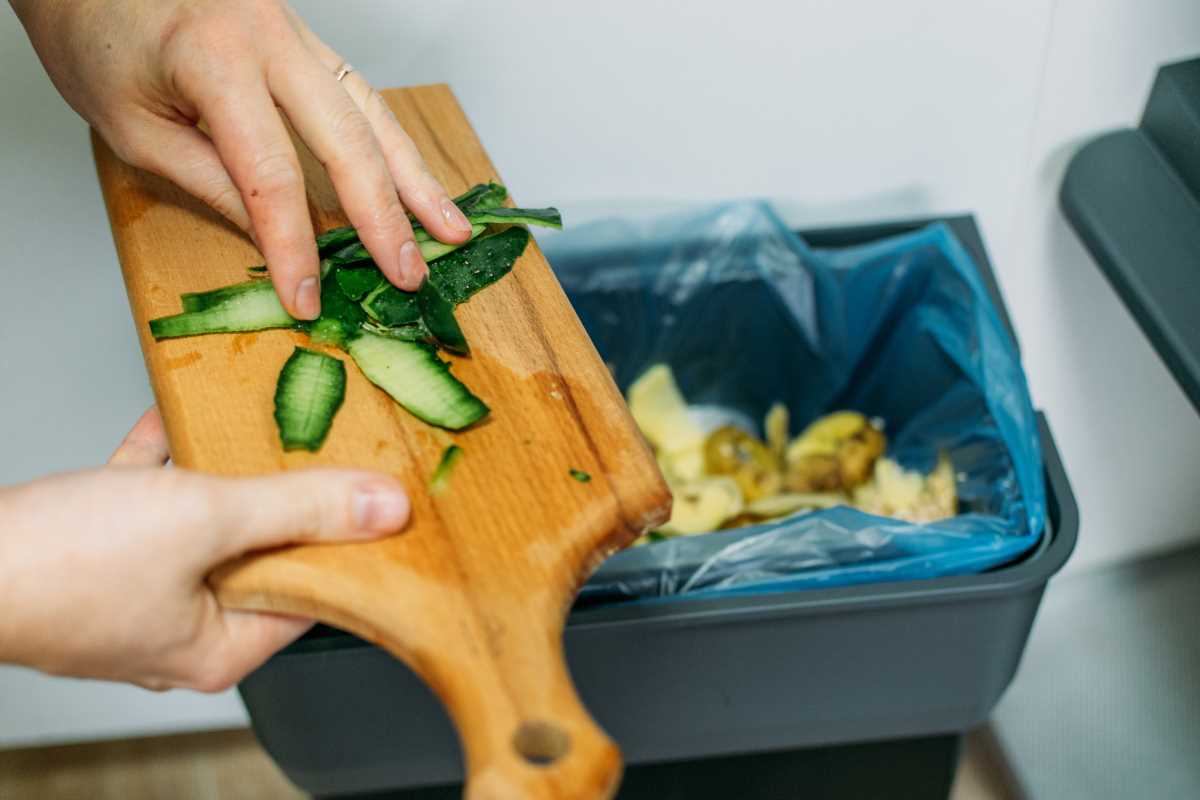City life brings together people from all walks of life, creating opportunities to build meaningful connections just beyond your front door. When neighbors take the time to chat in the hallway, share a home-cooked dish, or plan a casual gathering in a shared space, they create more than just fleeting interactions. These everyday encounters—like tending a communal herb garden, organizing a game night, or inviting someone to join a rooftop potluck—help everyone feel a little less alone. Over time, these gestures grow into a sense of community, turning an apartment building or city block into a place where everyone feels welcome and supported.
By embracing everyday chances to connect, urban cohousing communities transcend mere proximity. They turn hallways into conduits for laughter, rooms into stages for collaboration and kitchens into hubs for creativity. This approach redefines the idea of home—from a single unit behind locked doors into an interconnected haven where you and your neighbors build memories together.
Building Daily Connections
Changing your mindset from “my space” to “our space” begins with tiny habits. Imagine greeting each other during morning coffee rounds instead of passing in silence. Jot a quick note about a book recommendation and slip it under a neighbor’s door. Catch someone carrying heavy groceries and offer a hand. These gestures spark warmth without requiring elaborate planning.
When you treat shared corridors, lounges and patios as living rooms, you invite organic interactions. Hosting a five-minute sketch jam in an alcove or dropping by to admire a neighbor’s balcony herb garden can spark spontaneous chats. Over time, these snippets of time become the kindling for lasting relationships that extend well beyond the building’s footprint.
Design Principles That Promote Interaction
Space influences social habits. Picture hallways with bench nooks that encourage brief stops, or a common kitchen laid out so cooks naturally bump into each other. By adjusting a countertop’s angle or grouping chairs around a low table, you can turn a sterile waiting area into a social hub where stories flow as freely as coffee.
Natural light, flexible seating and transparent sight lines also help. When you can see a community bulletin board from the lounge or spot neighbors unloading recyclables, you send silent invitations: “Hey, I’m here. Let’s chat.” Thoughtful textures—like chalkboard paint on a wall or a reclaimed-wood coffee bar—keep curiosity alive and encourage people to stay longer.
Shared Traditions and Rituals
Use bullet list:
- Monthly Potluck Rotations: Rotate themes such as global street foods, local harvest celebrations or tea tastings. Assign a theme two weeks ahead, so everyone shops for specific ingredients. You keep costs low by encouraging ingredient swaps. Insider tip: trade spices you’re not using to add surprising flavors and lower expenses.
- Sunset Stretch Sessions: Host gentle yoga or simple stretching in the courtyard at dusk. Ask someone to lead via a shared volunteer calendar. Recommend participants bring their own mat or towel—this keeps setup simple and budget-friendly. Tip: play soft playlists from a neighbor’s device to match the community’s mood.
- Lobby Book Exchange: Install a small shelf and label categories with chalk markers. Neighbors drop in paperbacks, swap titles, then scan recommendations on a laminated note sheet. No membership fees make this free. Insider tip: spotlight one genre each month to keep variety lively.
- Garden Harvest Shakes: If you grow herbs or veggies in shared planters, schedule a weekend smoothie bar. Offer a simple blender setup and supply recipe cards. Encourage people to donate a handful of leaves or fruits—this keeps cost near zero. Tip: add a dash of citrus from someone’s balcony tree for bright flavor.
- DIY Art Wall Sign-Ups: Paint a chalk-painted panel in a hallway and let folks doodle quotes, sketches or event reminders. Provide chalk sticks in a small tin below. Budget impact is minimal—just paint and sticks. Insider tip: assign one volunteer per week to clear older doodles, keeping the canvas fresh.
Practical Tips for Community Rituals
- Welcome Warm-Up Circle: Gather everyone in a shared lounge and pass a small handbell. Ring it to start. Each person names one high point from their week and one thing they’d like help with. This opens honest conversation, builds empathy and highlights practical needs. It costs nothing and requires just a bell or a makeshift chime. Insiders say: keep the circle under 15 minutes so energy stays bright.
- Collaborative Playlist Jam: Create a shared streaming playlist labeled “Building Strong community bonds Tunes.” Neighbors add tracks they love. Sync a smart speaker in the common room to one device on rotation—no subscription fees if you pick a free tier. Tip: set a weekly song submission day to keep fresh vibes flowing.
- Skill-Swap Bulletin: Dedicate a corkboard for skills you can offer and skills you want. List offerings like basic bike repair, Spanish tutoring or plant-care advice alongside requests. Use index cards for longevity. This zero-budget indie approach sparks micro-workshops. Insider trick: assign a rotating “board curator” to tidy outdated cards biweekly.
- Garden-to-Table Meetups: Schedule a weekend where gardeners bring a handful of fresh herbs or veggies from shared beds. Each person demonstrates a quick prep: slicing basil, peeling beans, mixing dressings. Share samples in small cups. Limit produce to what fits on one low table to keep things simple. Tip: swap recipe notes on cardstock so everyone leaves with ideas.
- Common-Tool Checkout: Create a box of shared tools—hammers, drills, paintbrushes—in an alcove. Label each tool with a return date tag. Attach a simple spreadsheet (printed) on the wall for sign-outs. You’ll spend under fifty dollars on sturdy hooks and labels. Insider note: set a monthly tool-maintenance session to oil drills and sharpen blades, keeping gear in tip-top shape.
Building Trust Through Transparent Management
Hold open discussions about budgets, maintenance plans and event scheduling to build confidence. Host brief quarterly meetings in the lobby so you can address small frustrations before they grow. Pass around a microphone or an object like a soft cube—only the holder speaks. This rule keeps discussions organized and respectful.
Post minutes on a shared bulletin board or digital group chat, so absent members stay in the loop. Encourage quick proposals: someone suggests a roof-deck screening; if three neighbors like the idea, they form a mini-committee. Rotate roles for note-taking and cleanup to share the workload and reinforce that everyone’s contribution shapes community life.
Regular connection, shared leadership, and celebrating small victories help turn a building into a close-knit community. Cohousing relies on trust and the assurance that everyone’s voice matters and support extends beyond each apartment.







